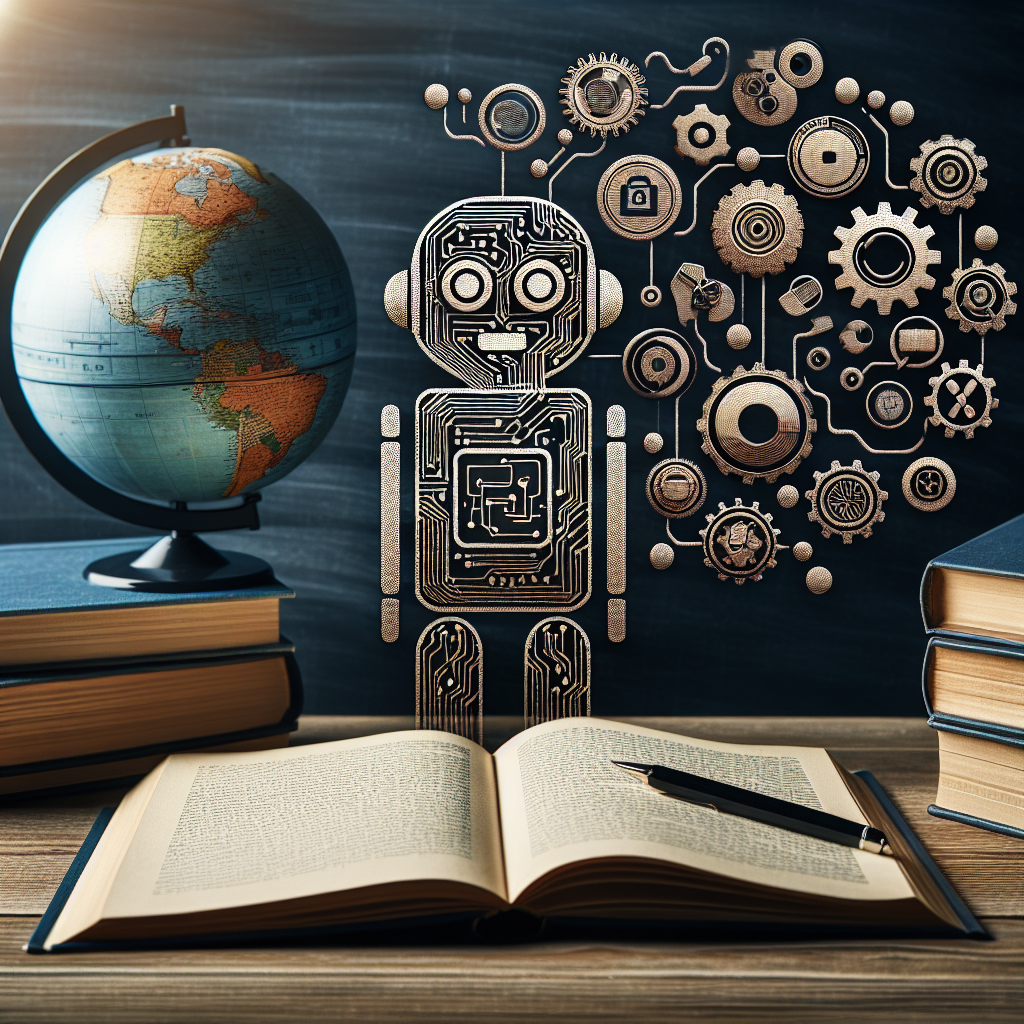Artificial Intelligence (AI) has become an increasingly prevalent tool in education, promising to revolutionize the way students learn and teachers teach. However, with this technological advancement comes a host of risks that have the potential to impact learning and development in both positive and negative ways. In this article, we will explore the risks of AI in education, its impacts on learning and development, and provide answers to common questions regarding this topic.
Risks of AI in Education
While AI has the potential to enhance learning experiences, there are several risks associated with its implementation in education. One of the primary concerns is the potential for bias in AI algorithms. AI systems are trained on large datasets, which can sometimes contain biases that are inadvertently passed on to the algorithms. This can lead to discriminatory outcomes, such as predicting lower academic performance for certain groups of students based on their race or socioeconomic status.
Another risk of AI in education is the potential for data privacy and security breaches. AI systems require access to vast amounts of data in order to operate effectively, which raises concerns about the security of sensitive student information. If this data falls into the wrong hands, it could have serious consequences for students and their families.
Additionally, there is a risk of overreliance on AI in the classroom. While AI can provide valuable insights and assistance to teachers, it should not replace human interaction and critical thinking skills. Relying too heavily on AI could lead to a devaluation of teachers and their expertise, as well as stifle students’ creativity and problem-solving abilities.
Impacts on Learning and Development
Despite the risks associated with AI in education, there are also potential benefits that can positively impact learning and development. One of the key advantages of AI is its ability to personalize learning experiences for students. AI systems can analyze student performance data and provide tailored recommendations for individualized instruction, helping students learn at their own pace and in a way that suits their unique learning style.
AI can also help teachers identify areas where students may be struggling and provide targeted interventions to support their learning. By analyzing student data in real-time, teachers can quickly identify patterns and trends that may indicate the need for additional support, enabling them to intervene early and prevent academic setbacks.
Furthermore, AI can facilitate collaboration and communication among students, both inside and outside of the classroom. AI-powered tools such as virtual classrooms and online discussion forums can connect students from diverse backgrounds and geographical locations, fostering a sense of community and enabling them to learn from each other’s perspectives.
FAQs
Q: How can AI be used to enhance student learning?
A: AI can be used to personalize learning experiences for students, provide targeted interventions for those who are struggling, facilitate collaboration and communication among students, and offer valuable insights to teachers to improve instruction.
Q: What are some examples of AI tools that are currently being used in education?
A: Some examples of AI tools being used in education include adaptive learning platforms, intelligent tutoring systems, virtual reality simulations, and automated essay grading software.
Q: How can teachers ensure that AI is used ethically in the classroom?
A: Teachers can ensure that AI is used ethically by being aware of potential biases in AI algorithms, prioritizing data privacy and security, and maintaining a balance between AI and human interaction in the classroom.
Q: What role does AI play in preparing students for the future workforce?
A: AI can help students develop critical thinking, problem-solving, and collaboration skills that are essential for success in the future workforce. By using AI tools in the classroom, students can gain hands-on experience with technology and develop the digital literacy skills needed in today’s job market.
In conclusion, the risks of AI in education must be carefully considered and mitigated in order to maximize its potential benefits for learning and development. By addressing concerns such as bias in algorithms, data privacy and security, and overreliance on AI, educators can harness the power of AI to enhance student learning experiences and prepare them for success in the future workforce. Through thoughtful implementation and ethical use of AI tools, we can ensure that AI contributes positively to education and empowers students to reach their full potential.

